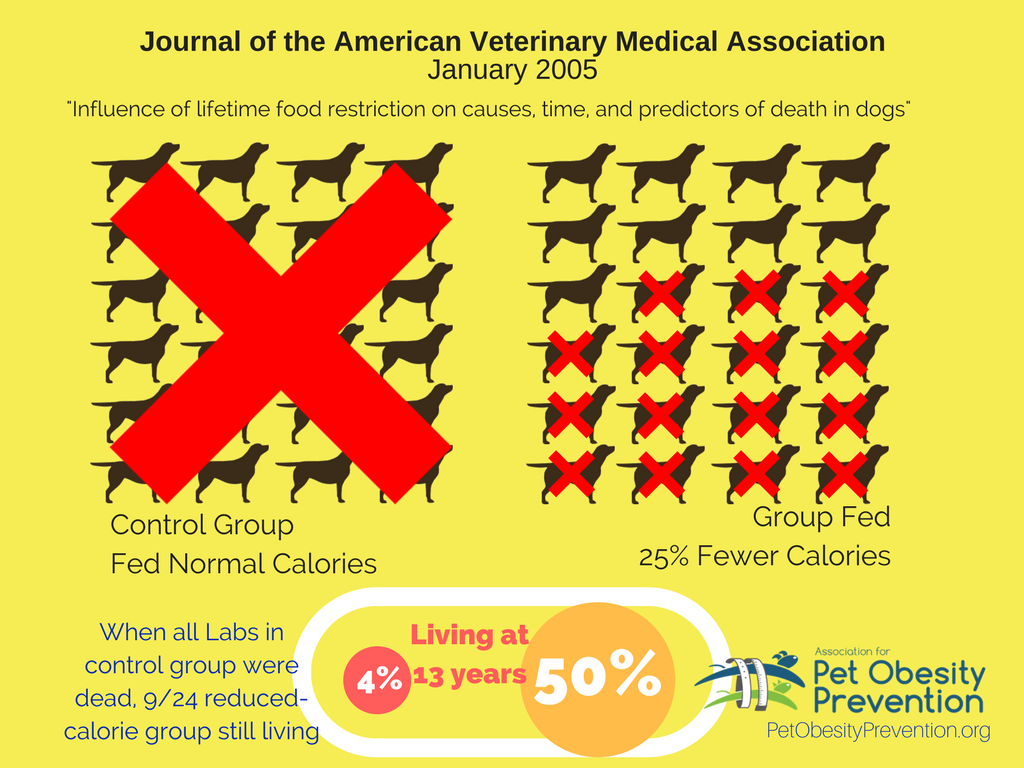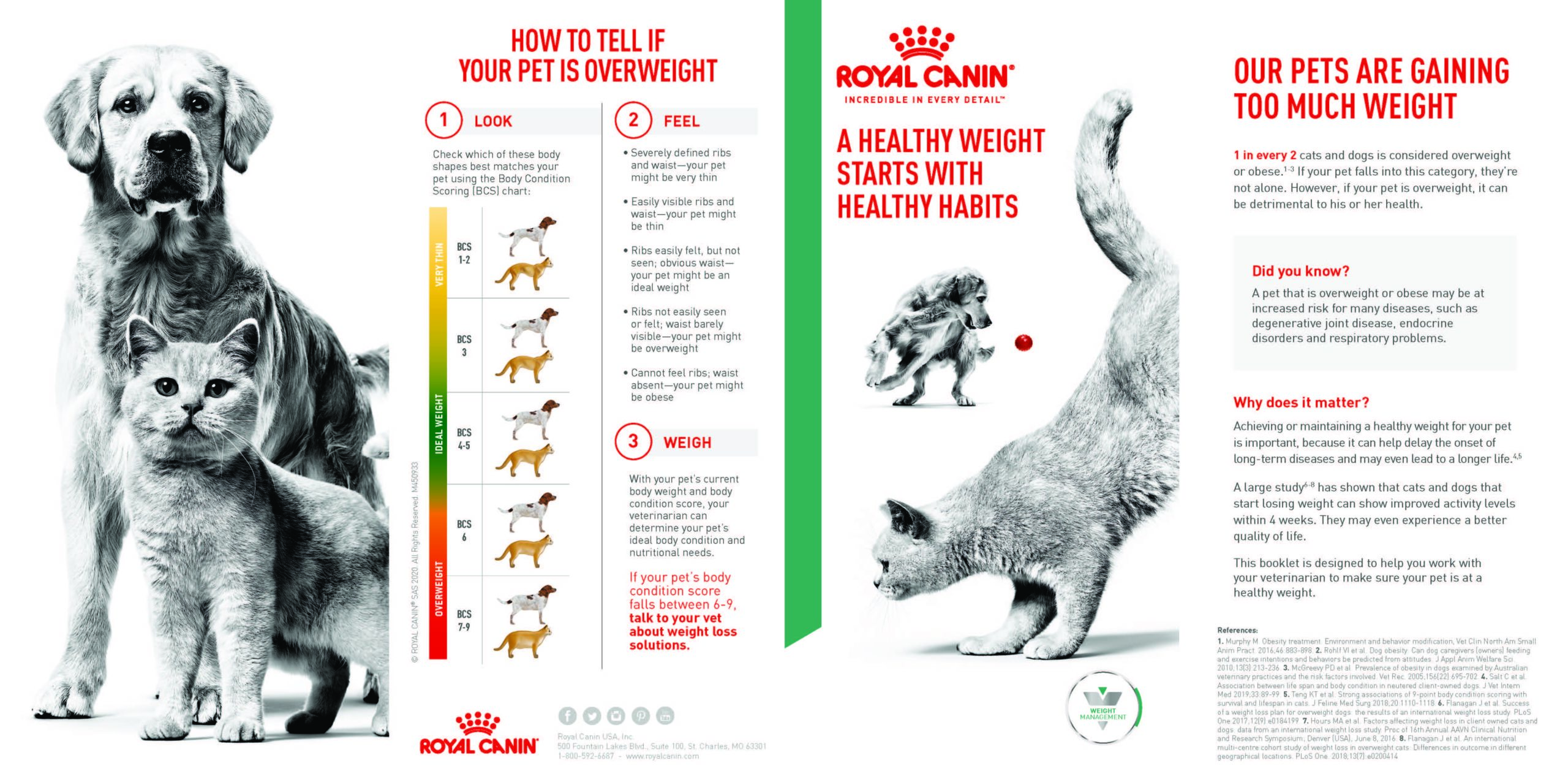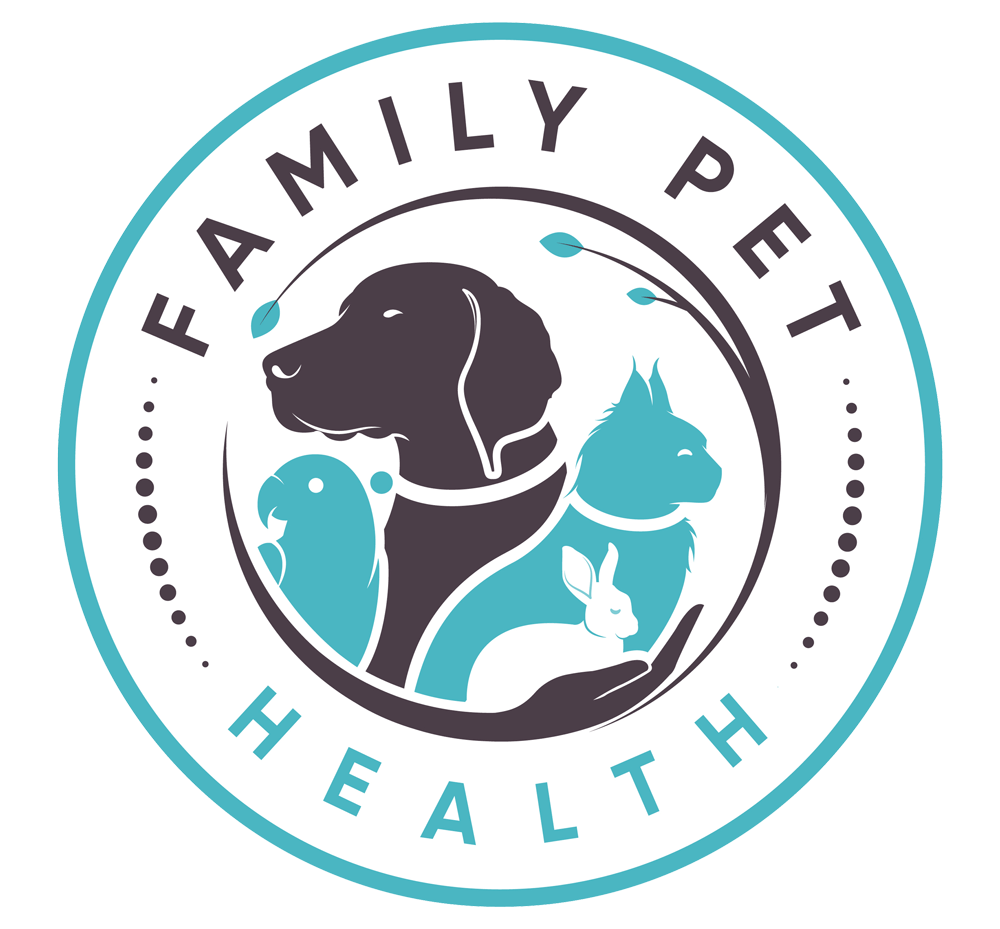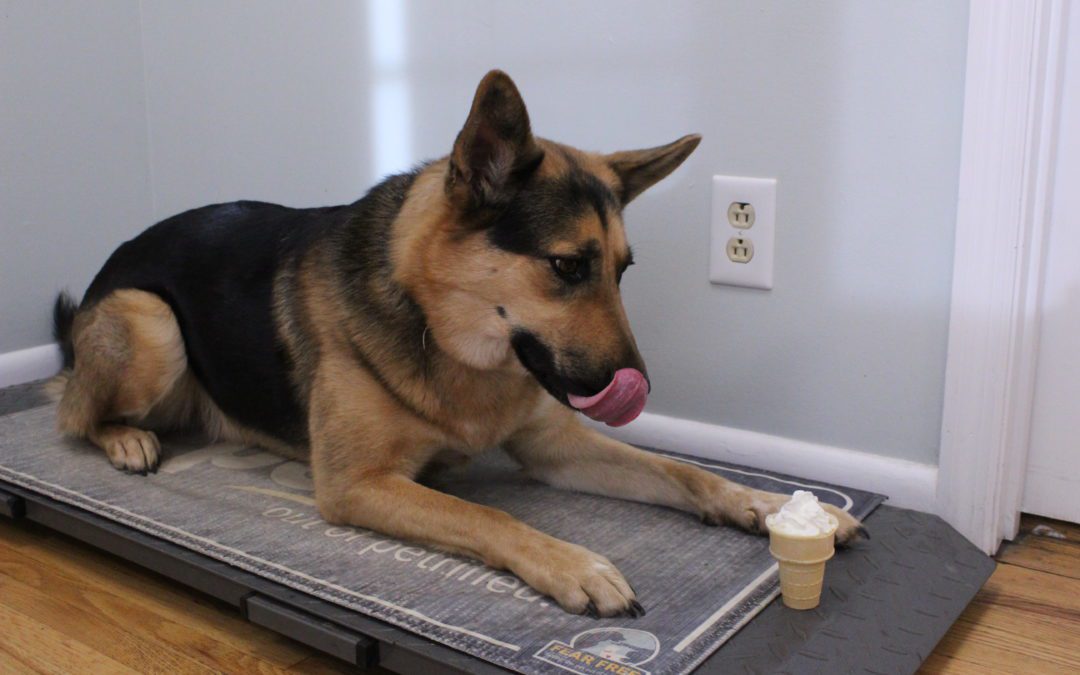According to the Association for Pet Obesity Prevention, more than 55% of dogs are overweight or obese while the number for overweight or obese cats is 59%. Just like in humans, obesity in pets is directly correlated to increased risks for diabetes, high blood pressure, arthritis, joint problems, kidney disease, cancer and more. Obese pets also suffer from a lower quality of life and reduced life expectancies.
Caring for the issues that come with obesity can be expensive for owners. The cost of medications and treatments for obesity related conditions can be hundreds or even thousands of dollars a year. Rather than reactively pay for those conditions, the far easier and less expensive option would be to help pets achieve a healthy weight.

During her annual exam in November of 2018, Gracie weighed 14 pounds. However, by July of 2019 when she came in for a check up, Gracie weighed in at 16 pounds. This doesn’t sound like much, but in small animals it adds up very quickly! The 14% increase in weight immediately caught the attention of Dr. Jennifer Nunnery, who then had a discussion with Gracie’s owner about the need to maintain proper body weight. We know these conversations are never fun, but they are vital.
The biggest key to getting Gracie on a weight loss plan was becoming more purposeful about her feeding schedule. Dr. Nunnery made some calculations, and explained in detail the proper amount of food to give to Gracie at each feeding. She sent home a measuring cup to facilitate those amounts. The treatment staff also provided Gracie’s owner a list of low calorie treat options with the caveat that any significant amount of treats should be offset by a reduction in food that day. It was important for the whole family to be on board with the weight loss plan, as Gracie was known to “trick” her owners by being fed by one member of the family… then waiting until that individual left the room and then acting as if she had not eaten in hopes of tricking other family members into feeding her again!
At regular “weigh ins,” the veterinarian staff tracked Gracie’s weight. It took some time, and lots of patience, and Gracie was not as appreciative as you would think, but over the course of the next few months the weight slowly dropped until the point that Gracie weighed in at 14 pounds again. Now she feels better and is getting around with more ease. She still prefers naps and TV snuggles but her owners can rest easy knowing they’re doing their part to keep her healthy.
So what can you do to help maintain a healthy weight with your pet?

Count Calories
Talk with your veterinarian about what food to feed. Feeding guidelines on food bags are for an “average” pet and none of us own “average” animals. Your veterinarian can determine your pet’s dietary plan based upon the relative weight, activity and needs.
Monitor Meals
Once you know what kind of food to feed, make sure you feed the proper amount. Your veterinarian can give you a specific target amount to feed. A food scale or measuring cup is a crucial tool to prevent overfeeding that comes with guesstimating. And don’t let your pet be like Gracie and trick you into feeding her two meals at a time by communicating with everyone else in the home about the feeding plan.
Track Treats
If you are providing treats to your pet, those calories should count against those fed at regular meal times. Even 30 extra calories a day, less than your pet would receive from just a teaspoon of peanut butter, could add three pounds over the course of a year. Giving your pet a chew toy stuffed with peanut butter, squeeze cheese or even just dry kibble, is tossing them a calorie grenade that can explode in weight gain if you don’t reduce the meal time calories by an equal amount.
Add Activity
Human weight loss can be as “easy” as eating better and exercising more. The same can be said for our pets. However, while you may hate burpees and mountain climbers at the gym, adding activity with your pet is often quite fun. Who doesn’t like playing fetch with a dog or using a laser pointer with a cat? Going on brisk walks with your dog provides him wonderful opportunities to exercise both his mind and body and you can use the time for your own physical exercise and mental health rejuvenation.
There may be no more important single thing that pet owners can do to ensure a healthy, happy life for their pets than to ensure they are at a healthy weight. Pet obesity has a cascade of health problems and helping your pet avoid those extra pounds can increase their overall happiness and add years to their life.
Pet owners who are concerned about their pet’s weight or who want more information about a weight loss plan can speak with one of the doctors here at Family Pet Health by calling 615-907-8387.

